Hello Japan and travel lovers, it is time for another travel blog from the land of the rising sun. We gonna connect the past with the present to better understand where the future will lead us.
Many historic buildings here in Japan have fallen victim to the changing times and have been lost. In Asia in particular, people often don't give too much thought to sentimentalities, but rather start tearing down things and build again. New, tall and modern - that seems to be the motto of recent times, but not only in Japan. All old and possibly still historical things and building are usually only in the way and bother.
Following these thoughts, entire city districts have disappeared and new ones have been created on the drawing board and then been rebuilt. New and modern has of course many advantages, as it is often more comfortable and simply more practical. But on the other hand, a part of the soul and history of the respective place will be lost forever, which for many seems to have the advantage of not having to deal with it from now on.
From old to new, and always further towards the future. But who does not know where he comes from, will also never know where he is actually going!
For this reason, I am always excited when I come across parts of our history and I am happy every time when these are preserved and protected, and when people try to save and tell our past into the present and into the future. Museums, castles, cemeteries and dwellings, sometimes also monuments and battlefields can tell a lot and offer to everyone who is interested a deep insight into our past. Not everything is clear and conclusive, much is also glorified and sometimes even mendacious. But often we can see why we have become the way we are today.
Me too, I love to dive into the past and learn something new when I get the chance. Here in Japan, despite all the modernity, I have enough opportunities to dive deep into the history of the country.
Of course, there is no way to avoid or ignore the Japan of today, which is often in stark contrast to these places. But yesterday and today do not have to be in competition with each other, but might be able to form a symbiosis in order to build an even better future. This does not always work out, but in my mind and on my tours and rounds through the country, old and new inevitably belong together.
This is also the case in today's photo blog, in which I would like to take you once more to Niigata, a port city on the Sea of Japan in the northeast of Japan. We start our round in the past and will end up in the here and now.
Just sit back comfortably and take a look over my shoulder....
During the Edo period, Japan had largely sealed itself off from foreign influence and closed its ports to international trade. Only a few European nations were able to open small bases in a few separate zones and conduct controlled trade from there.
This changed abruptly with the Japanese-American Friendship and Trade Treaty signed in 1858. The name of treaty, also known as the Harris Treaty, is rather misleading as it forced Japan to open five ports to U.S. and later international trade.
Although the port of Niigata was one of these five ports, it was not opened to foreign shipping until after the Meiji Restoration in 1868. However, the connection to international sea trade the provided Niigata with new important impulses that stimulated and brought forward the economy of the region and eventually of the whole country.
The city builds a first customs house in 1869, which then coordinated and controlled the loading and unloading of ships and the storage of cargo. From 1873 to 1966, it was then used as an actual customs office, reporting to either Yokohama or Tokyo.
Since the building was damaged during the Niigata earthquake of 1964 and the following tsunami, it eventually could no longer be used as a customs house. In 1969, it was declared a National Historic Landmark, and after several years of restoration work, the building was returned to its early Meiji period appearance. Today, like the also restored bonded warehouse, the Former Niigata Customs House (旧新潟税関, kyū-Niigata zeikan) serves as a museum.
And that's where our tour today takes us...
Coming from the street, the path leads through a gate behind which we can already see the former customs office. Looking through the arched doorways of the building, we can make out the Shinagawa River in the background and parts of the ferry terminal where the ferry to Sado-Island will depart shortly.
The former Niigata Customs House was built in the so-called Giyōfū style, which mixes Western and Japanese elements. The building has red roof tiles and an arch-shaped doorway, and on the roof there is a small tower that resembles a pagoda.
During our visit, we had the best autumn weather, which made the white Namoko walls stand out nicely. The building and the grounds around it all looked great, everything was super clean and well-maintained.
Right next to the actual customs house is the restored former bonded warehouse, and both buildings together try to recreate a bit of the scenery here over 150 years ago, at the time the customs office opened. There was certainly much more going on here then than on the day of our visit, as we were almost the only visitors hanging around between the two houses. All the better, as it allowed me to take some pictures without being interrupted.
These are the heavy entrance doors to one of the former storage rooms. Sometimes you can find similar sights of old or former warehouse buildings in many places around Japan. Today, everything is built almost uniformly and hardly in a lasting way, and many houses and buildings just don't have any charm anymore. That's probably why I like looking at old and historic buildings so much, even if they wouldn't have won any beauty awards in earlier times either. But today they easily stand out from all the concrete and steel clutter.
Already in Edo times, Niigata with its port was one of the most important trading centers on the west coast of Japan. The cities on the Sea of Japan were less developed compared to the Pacific side, but even in earlier times Niigata was one of the most populous areas of Japan. This was especially due to the cultivation of rice, the fertile and rich Echigo Plain was and still is the rice chamber of Japan.

This wooden print from 1859 shows the port of Niigata at a time when the first European ships had just appeared in this region of Japan. You can make out Sado Island in the far background, but the rest of the landscape is hard for me to place. The river that flows into the Sea of Japan here is either the Shinanogawa or the Aganogawa, as ports were built at both mouths as early as the Edo period.
Right next to the former customs building you can now find the Niigata City History Museum (新潟市歴史博物館, Niigatashi Rekishi Hakubutsukan), which opened in 2003.
A permanent exhibition provides information about " The History of Water and People in Niigata", and the history of Niigata is presented from two points of view: as a port city and as a farming village.
In front of the museum is the restored former unloading area of the harbor, which in the last century was buried due to land reclamation, land subsidence, and the Niigata earthquake.
We now have the Shinano River at our backs and take another sweeping view of the site. In the background we see the former customs building, which looks as if it has fallen from another era. In the foreground we see the stone steps of the former pier, which were restored as part of the restoration work.
And here ends the first part of our walk from the past to the modern age. The face of the harbor facilities has changed considerably over time and today there is little to remind us of the sight that greeted sailors here some 150 years ago.
In the second part, we will move into the present and look around a bit in the here and now. The water and the sea are still an important part of the identity of the city of Niigata and its people, and the whole region is still deeply connected to them.
I'm going to dwell a bit more in the past and dream of times that are long gone. But please check back again, because I'll be back soon, and then we'll continue our round here in Niigata....
またね matane
[//]:# (!pinmapple 37.930343 lat 139.057395 long Revealing the The former Niigata Customs House - A walk from the past into the presentpast in Ochijuku d3scr)
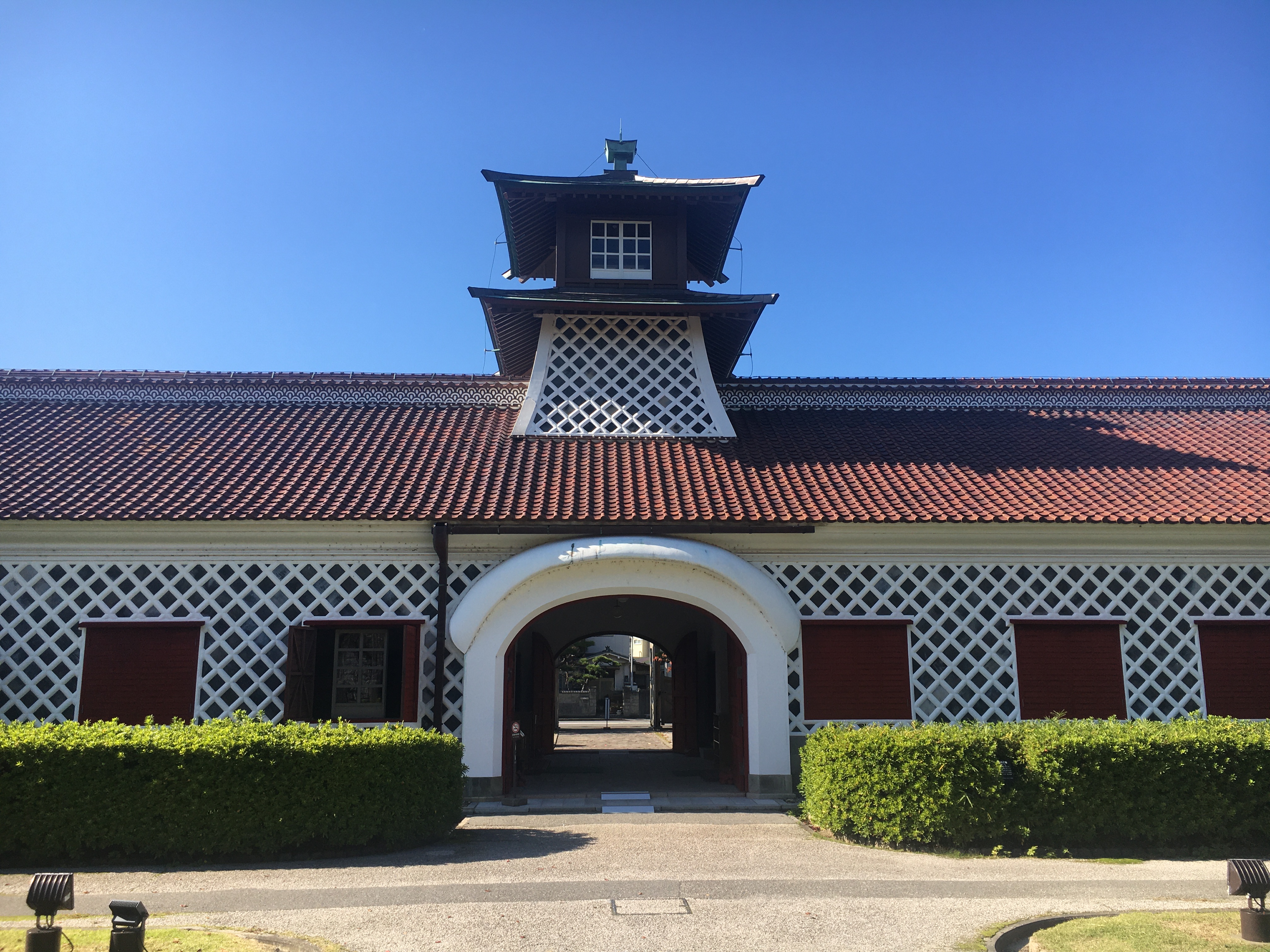
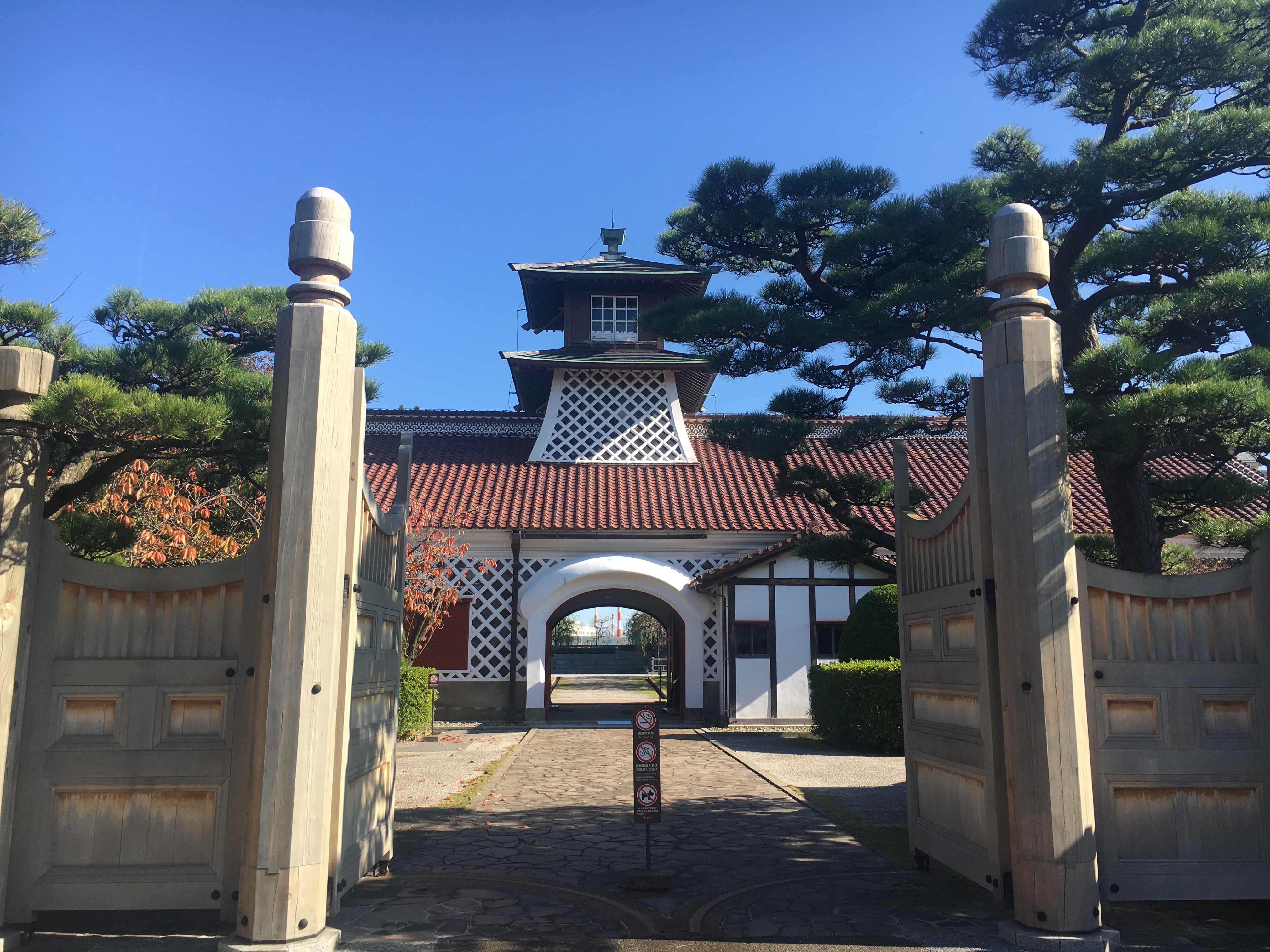
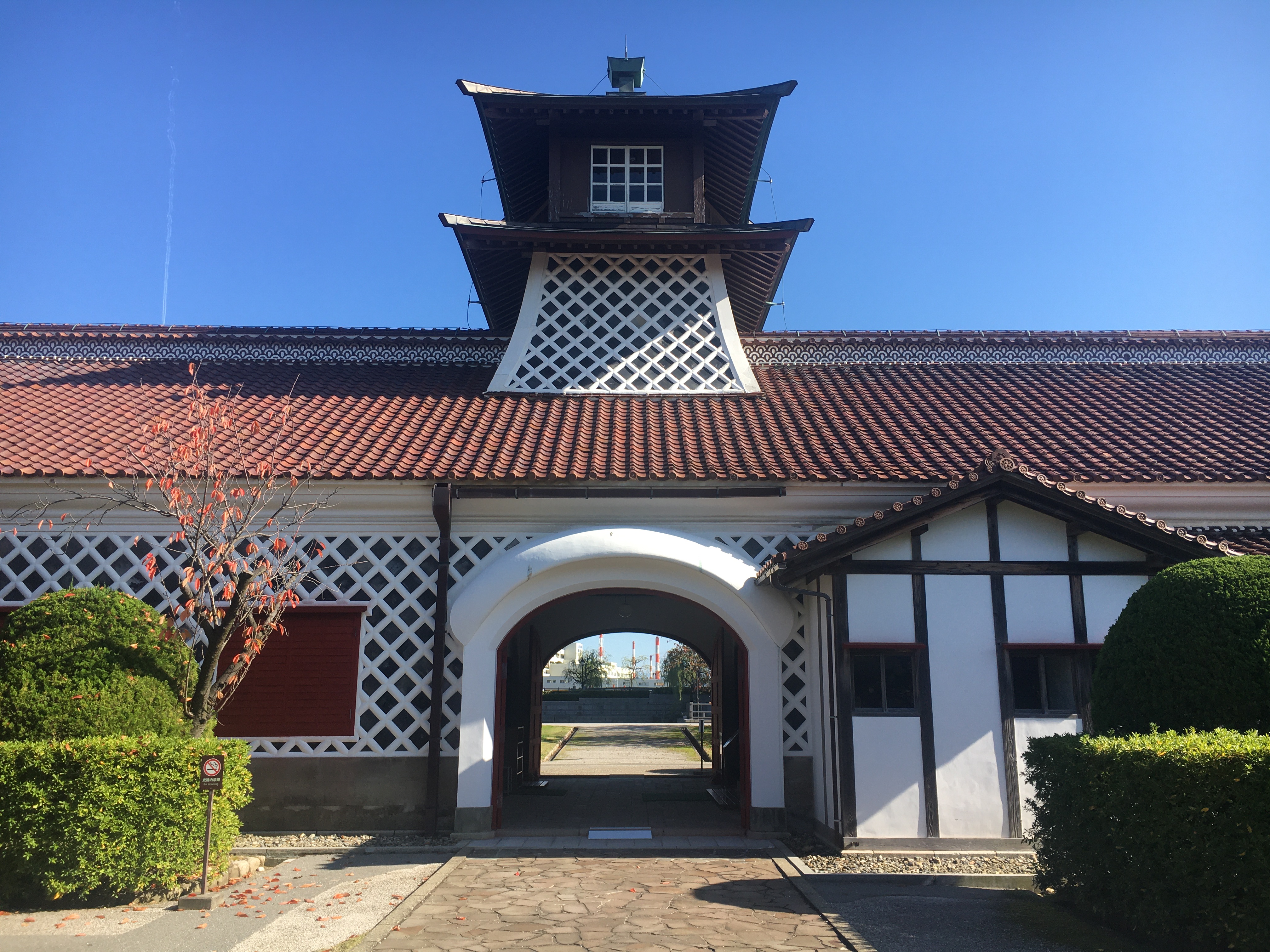
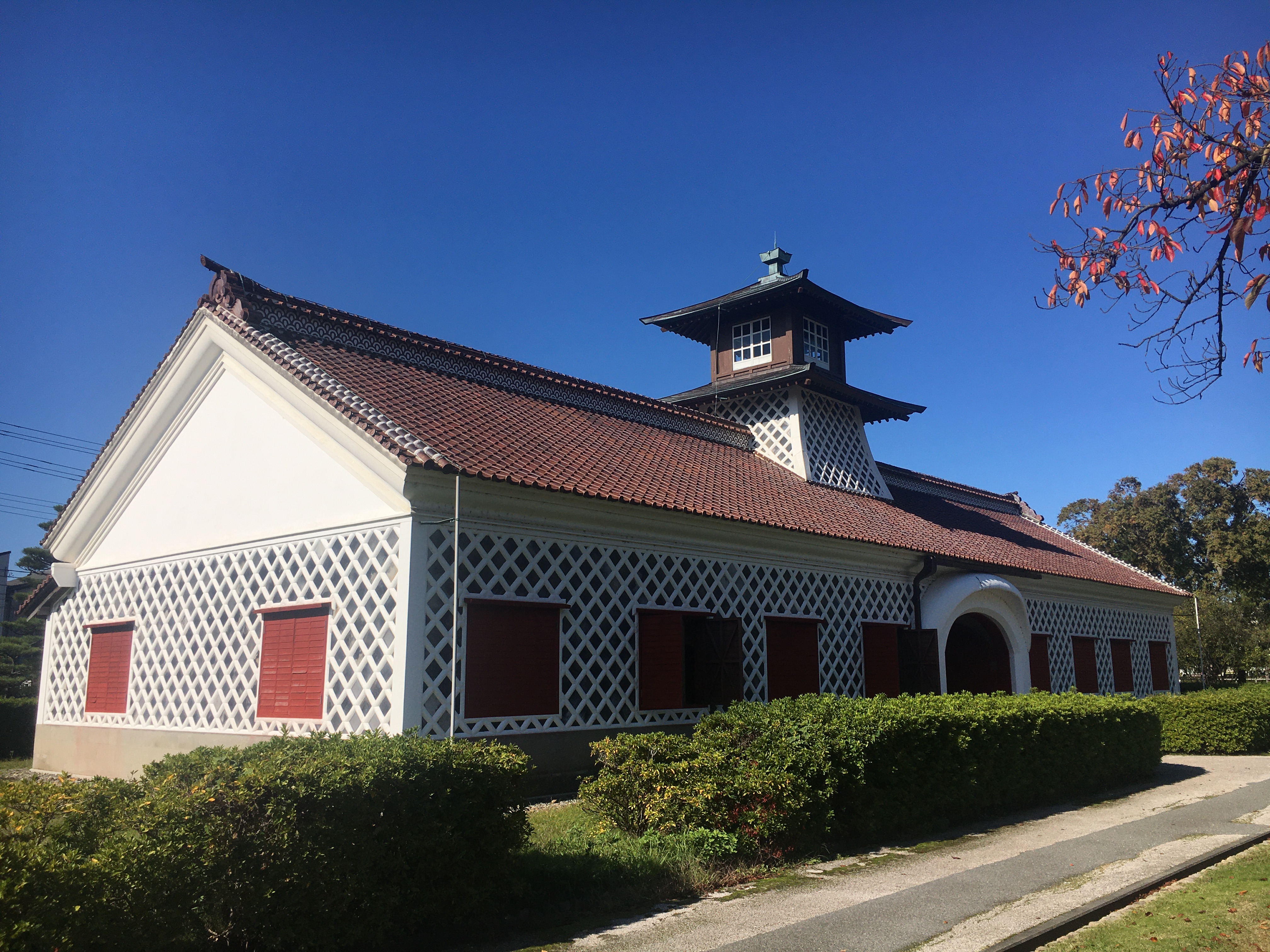
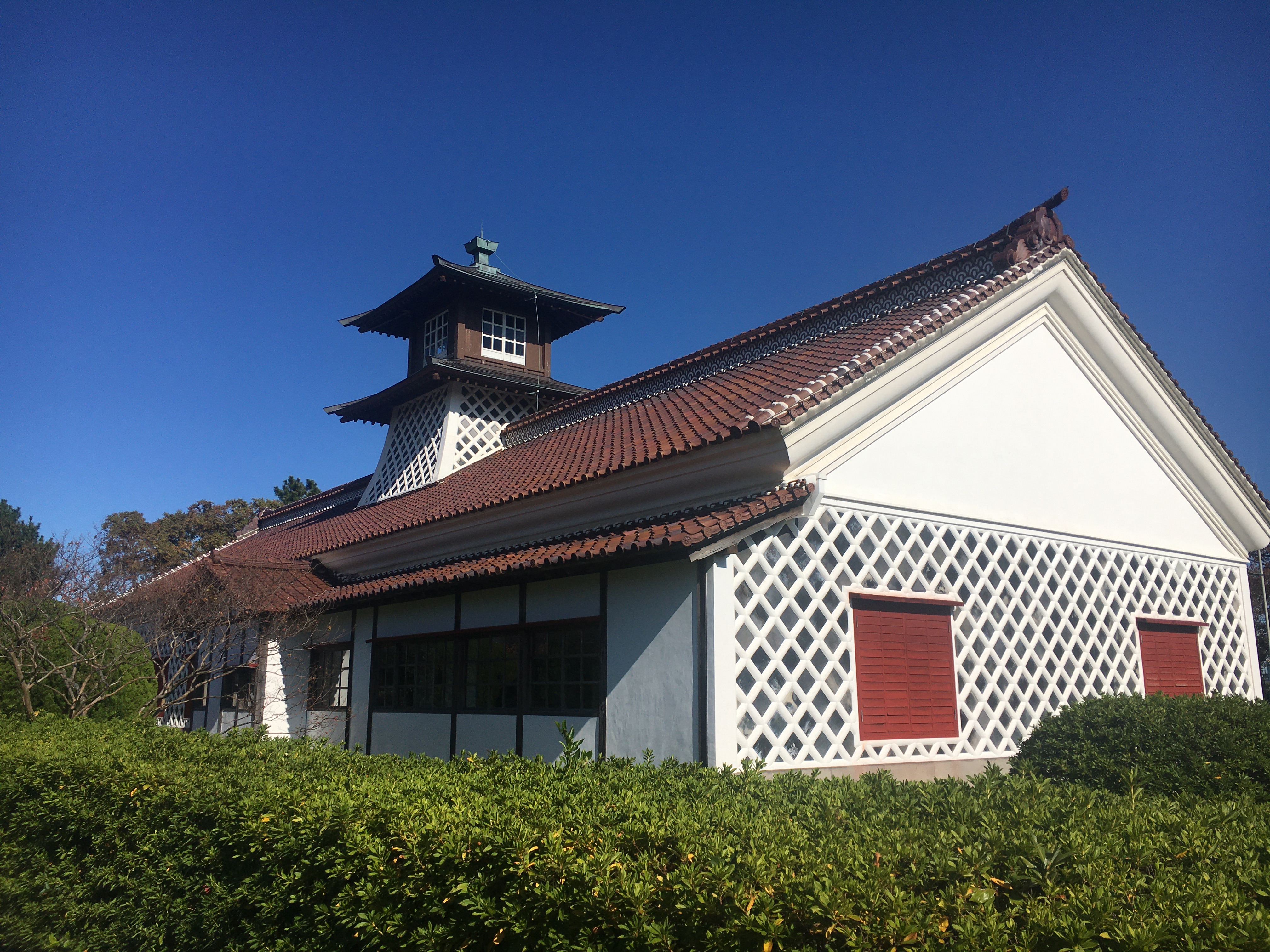
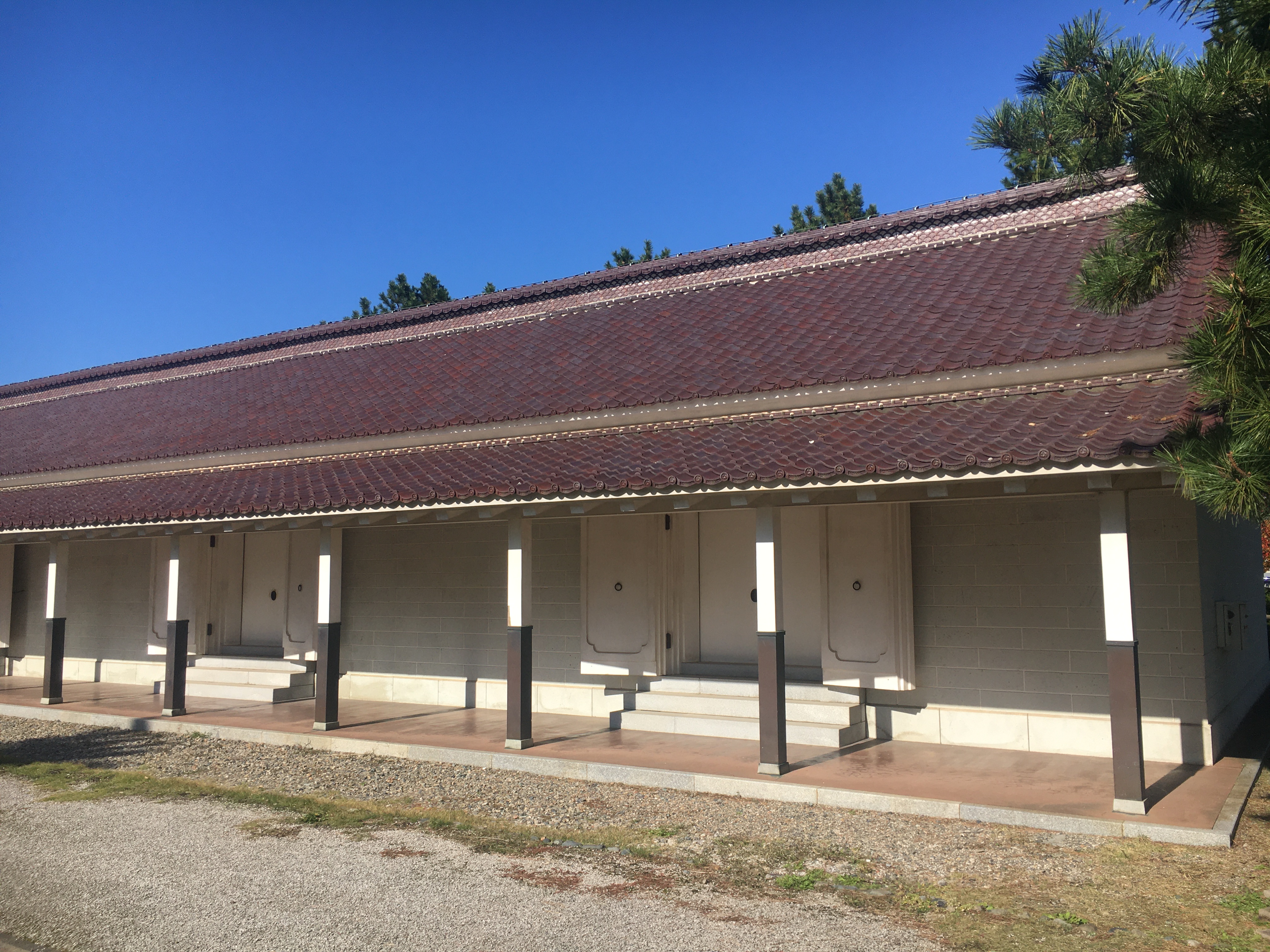
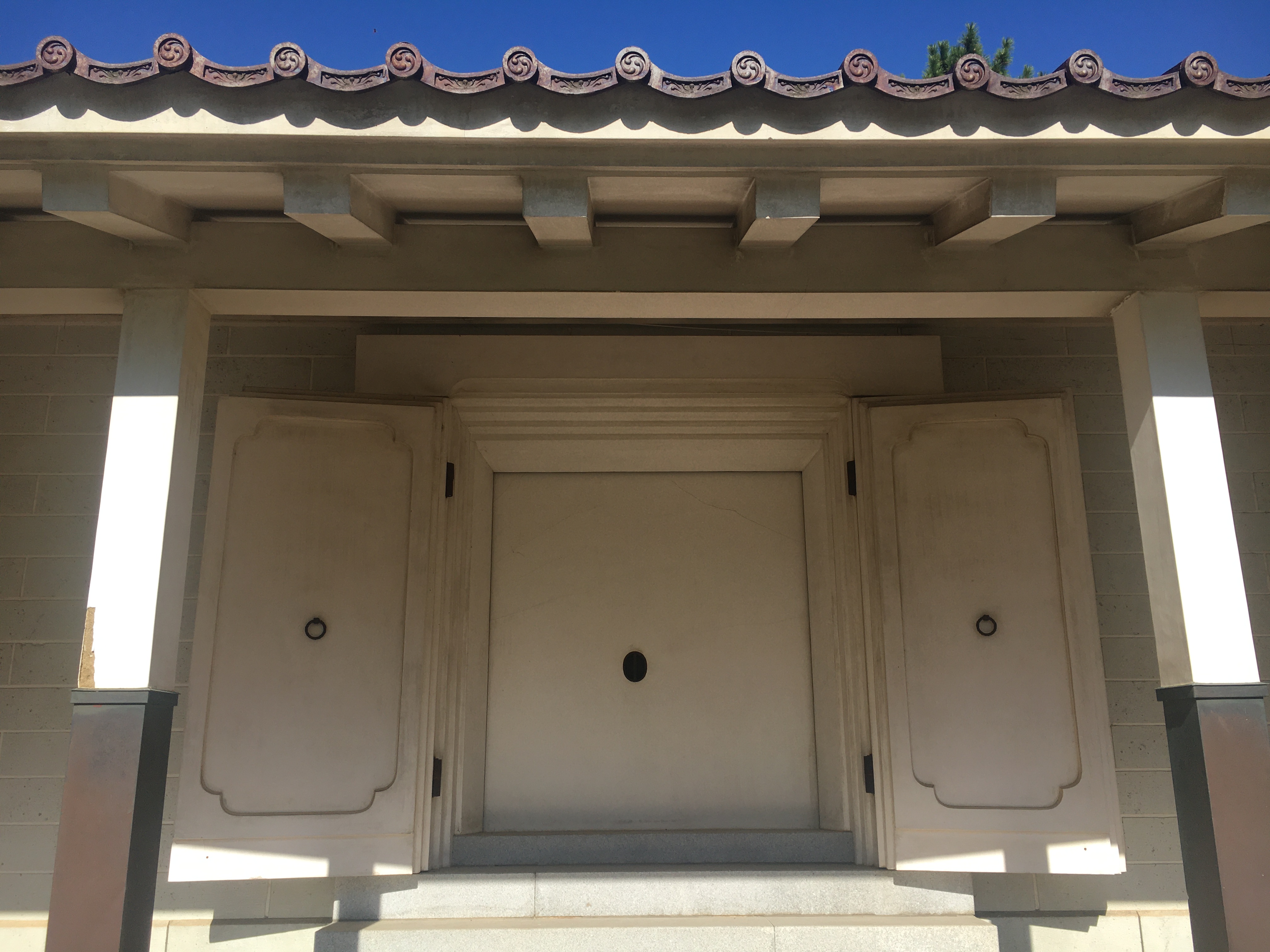
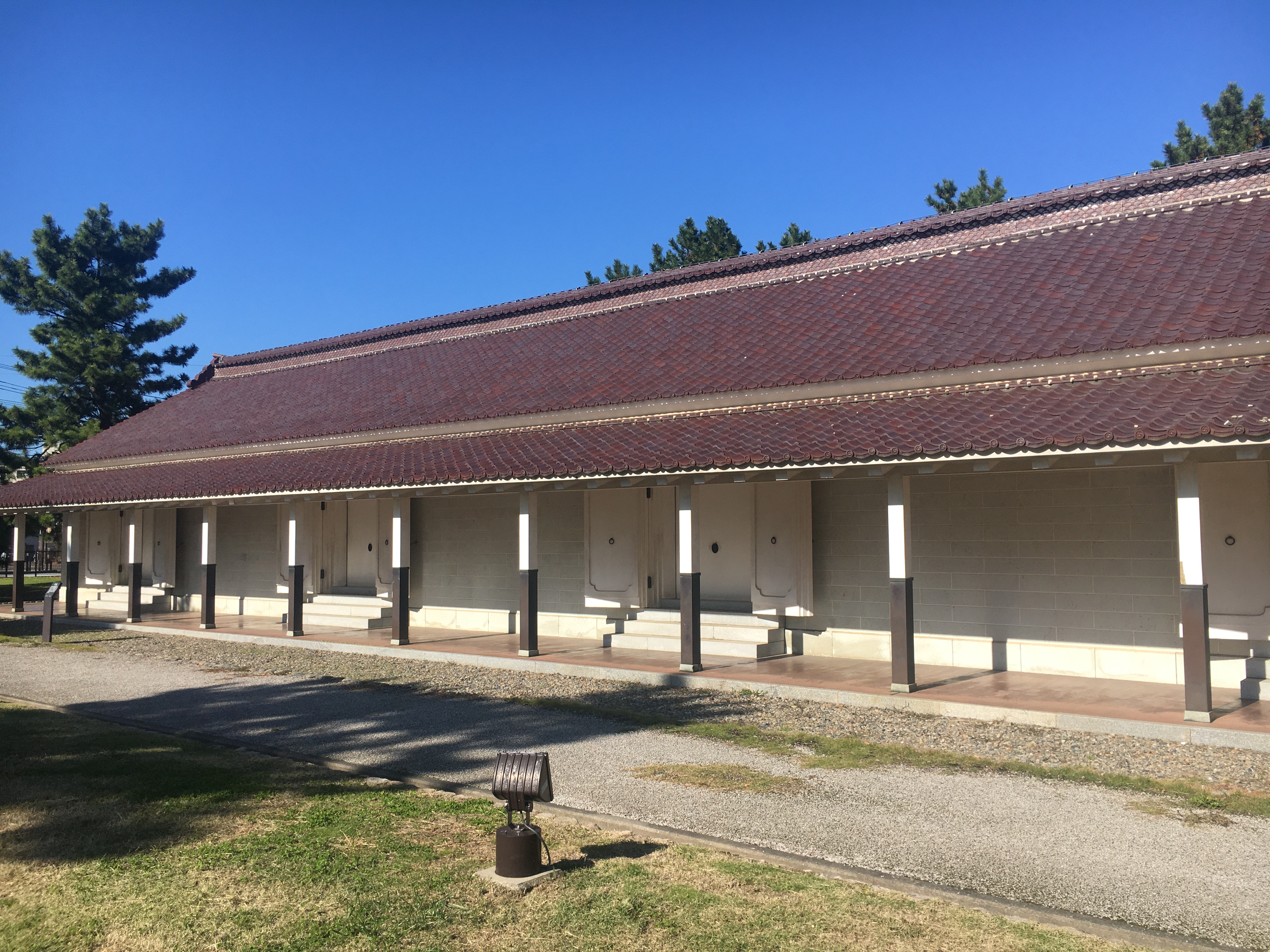

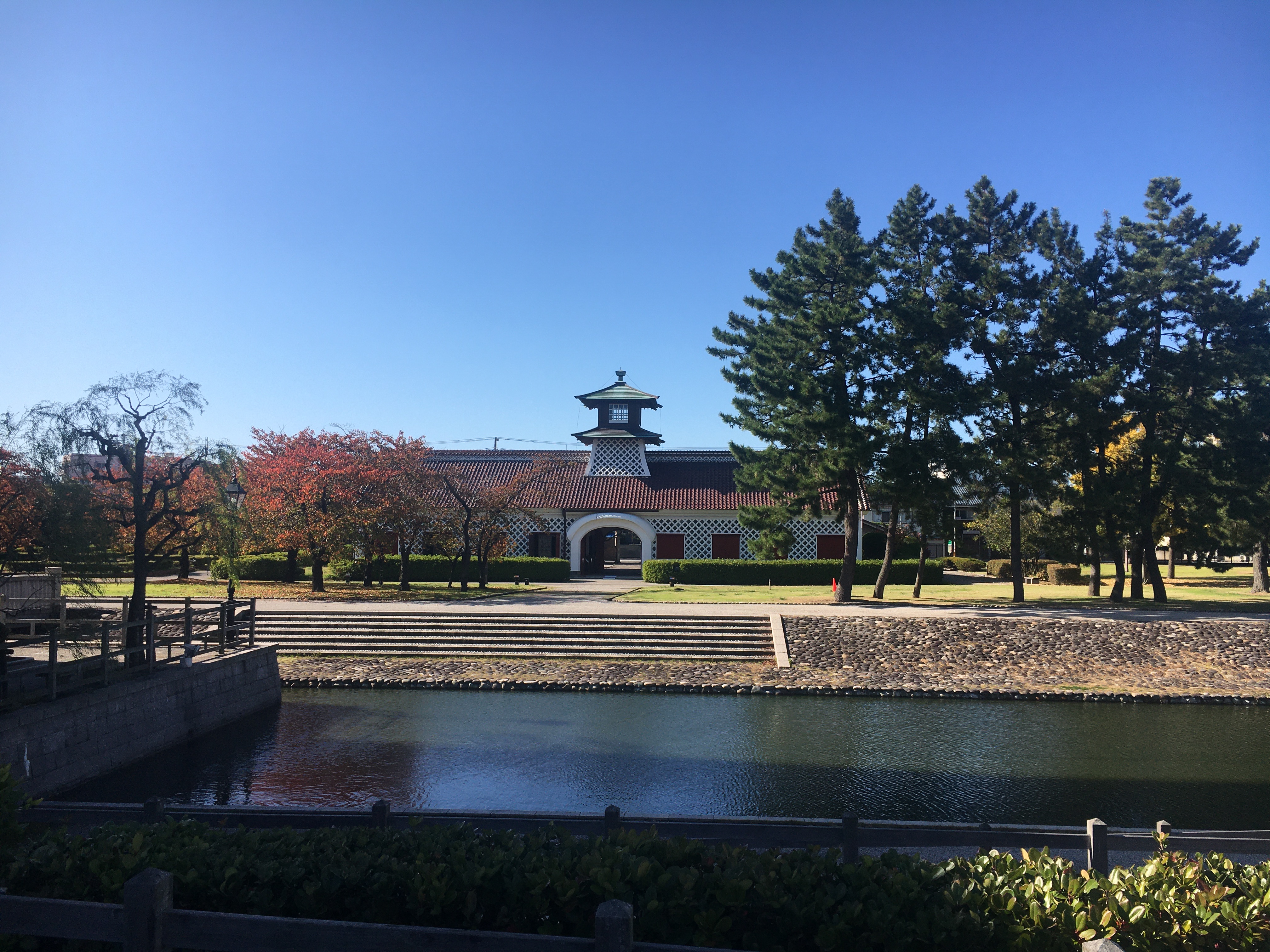
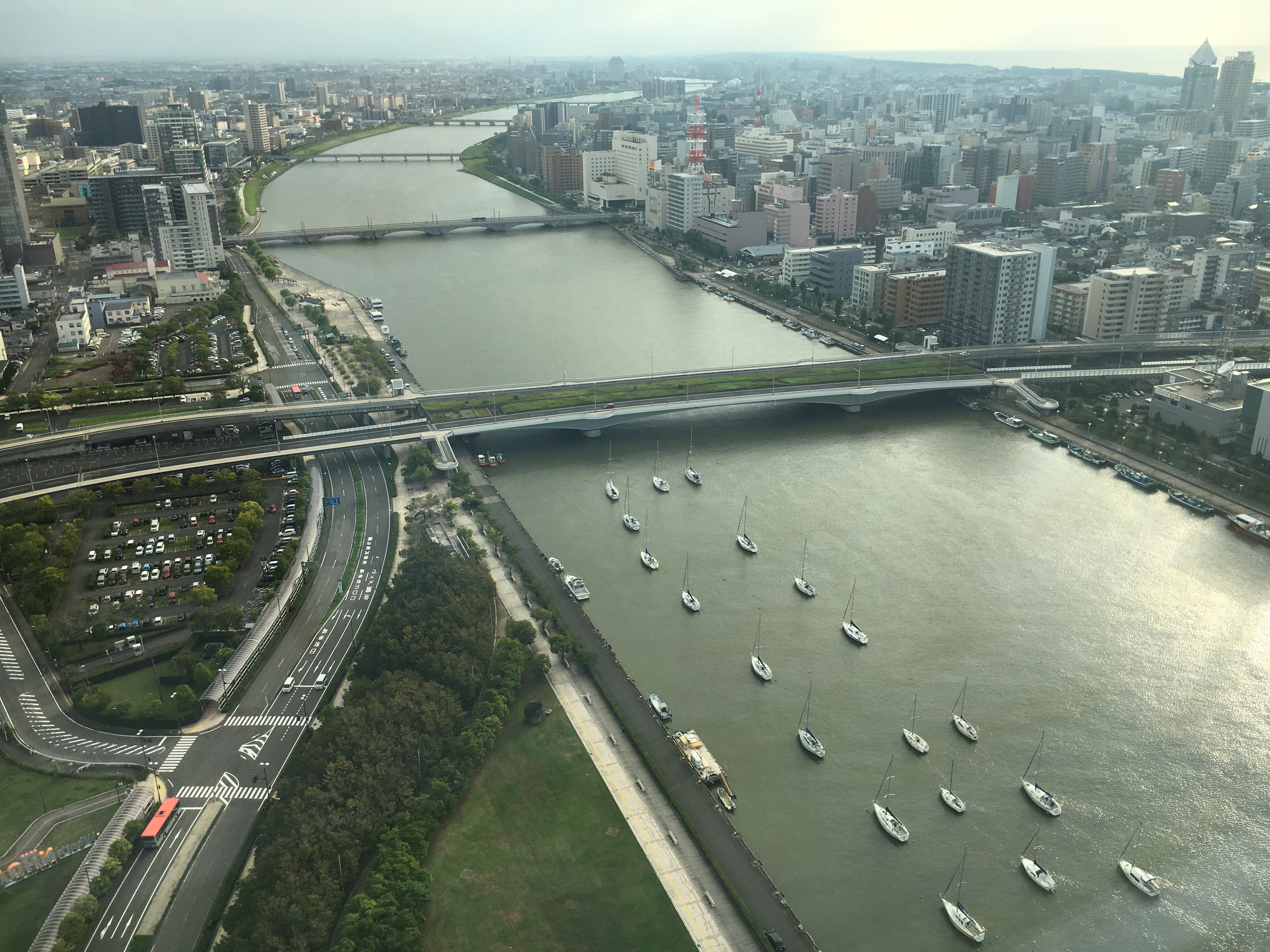
I like the symmetry of it.
Kinda perfect huh!
Congratulations, your post has been added to Pinmapple! 🎉🥳🍍
Did you know you have your own profile map?
And every post has their own map too!
Want to have your post on the map too?
A building that has a lot of history, a wonderful journey with great insight. 🥰🥰
Cheers!
🥰🥰🤗🤗
Daily Travel Digest #1393.
Become part of our travel community:
- Join our Discord
- Learn more about our travel application
Hiya, @LivingUKTaiwan here, just swinging by to let you know that this post made it into our Honorable Mentions in Your post has been manually curated by the @pinmapple team. If you like what we're doing, please drop by to check out all the rest of today's great posts and consider supporting other authors like yourself and us so we can keep the project going!thank you very much